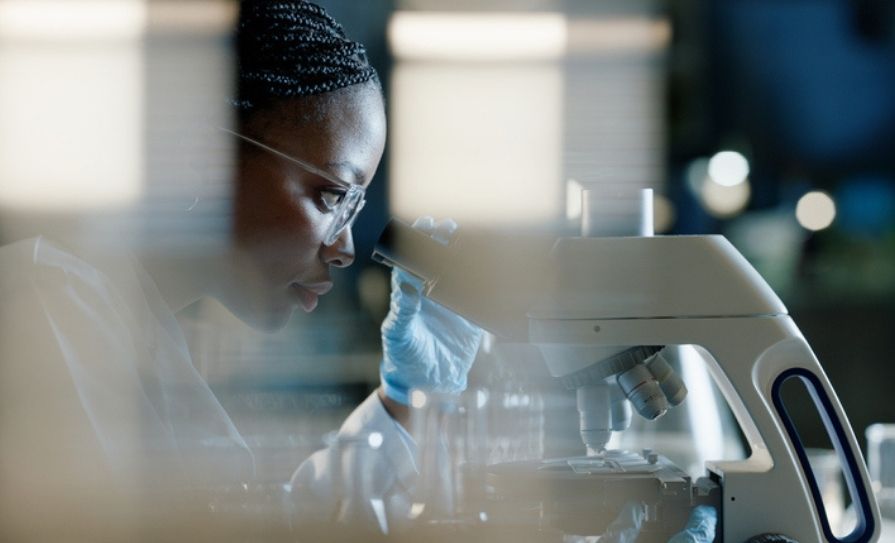A new method can improve treatment for patients with chronic myeloid leukaemia by predicting which medication will be most effective. The method also works for other forms of cancer where resistance may develop. A step is now being taken towards better and more personalised treatment for the disease.
Every year, around 85 Swedes are diagnosed with the blood cancer variant chronic myeloid leukaemia. Patients with the disease are typically treated with a drug referred to as an ABL1 inhibitor, and currently, there are five different drugs of this type available.
Although patients almost always respond to the treatment if it is given in the early stages of the disease, about 20 per cent of them develop resistance to the drug. When this occurs, the patient is given a different drug from the same group, in the hope that the new one will be effective against the resistant tumour cells.
“The most common cause of drug resistance is mutations in the enzyme that the drug is intended to inhibit. But since the mutations vary between patients, different variants of the drugs are most effective for different patients, which has made the choice of drug a difficult task,” explains Prof Ran Friedman, Professor of Chemistry at Linnaeus University.
Currently, estimations of resistance for specific mutations employ a parameter known as growth IC50. IC50 is an estimate of the concentration of a drug needed to inhibit the growth of tumour cells by 50 per cent. Resistance causes the IC50 to rise, meaning that a higher dose is required to achieve the same result.
The new research study shows that supplementing IC50 with an additional parameter can improve the assessment of which drug variant is the most effective against mutated tumour cells in each individual patient case.
“Simply put, we have developed a computational model that also considers the drug’s effect between doses, which gives us a more accurate picture of resistance development. If a patient takes a drug every morning, our calculation shows how effective it is by the evening,” said Prof Friedman.
One advantage of the method is that it can also be applied to other types of cancer treatable with several different types of drugs with similar mechanisms of action, such as certain forms of lung cancer.
“Above all, we see great potential in this method for improving the assessment of resistance and simplifying the choice of drugs when new medications are introduced to the market,”, said Prof Friedman.
The research is a collaboration between Linnaeus University, Norwegian University of Science and Technology and University of São Paolo and is part of the Linnaeus University Centre for Biomaterials Chemistry.


